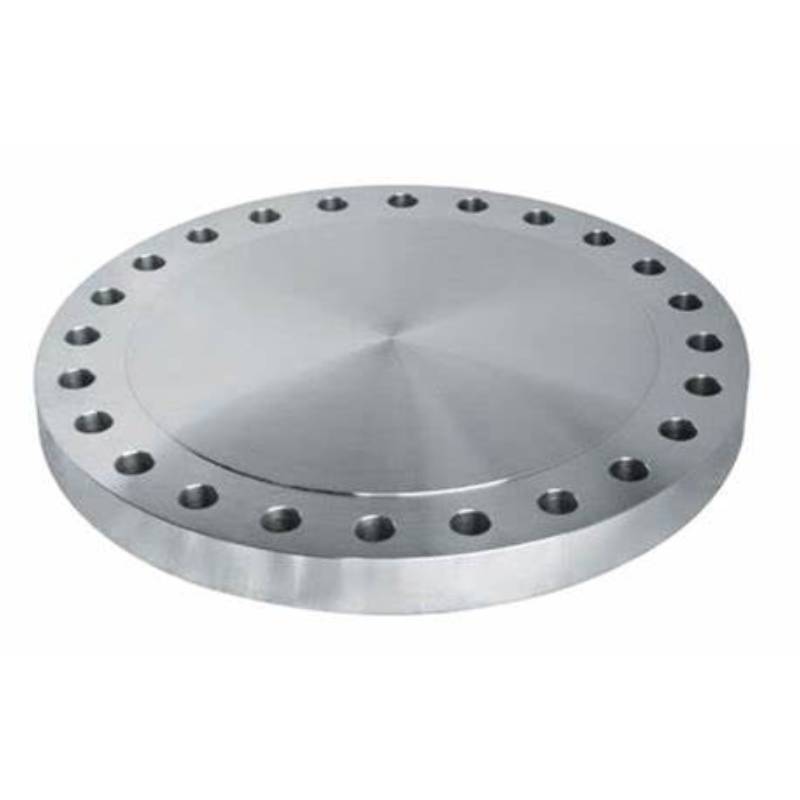-
Cangzhou Yulong Steel Co., Ltd.
-
Phone:
+86 13303177267 -
Email:
admin@ylsteelfittings.com
- English
- Arabic
- Italian
- Spanish
- Portuguese
- German
- kazakh
- Persian
- Greek
- French
- Russian
- Polish
- Thai
- Indonesian
- Vietnamese
- Zulu
- Korean
- Uzbek
- Hindi
- Serbian
- Malay
- Ukrainian
- Gujarati
- Haitian Creole
- hausa
- hawaiian
- Hebrew
- Miao
- Hungarian
- Icelandic
- igbo
- irish
- Japanese
- Javanese
- Kannada
- Khmer
- Rwandese
- Afrikaans
- Albanian
- Amharic
- Armenian
- Azerbaijani
- Basque
- Belarusian
- Bengali
- Bosnian
- Bulgarian
- Catalan
- Cebuano
- China
- China (Taiwan)
- Corsican
- Croatian
- Czech
- Danish
- Esperanto
- Estonian
- Finnish
- Frisian
- Galician
- Georgian
- Kurdish
- Kyrgyz
- Lao
- Latin
- Latvian
- Lithuanian
- Luxembourgish
- Macedonian
- Malgashi
- Malayalam
- Maltese
- Maori
- Marathi
- Mongolian
- Myanmar
- Nepali
- Norwegian
- Norwegian
- Occitan
- Pashto
- Dutch
- Punjabi
- Romanian
- Samoan
- Scottish Gaelic
- Sesotho
- Shona
- Sindhi
- Sinhala
- Slovak
- Slovenian
- Somali
- Sundanese
- Swahili
- Swedish
- Tagalog
- Tajik
- Tamil
- Tatar
- Telugu
- Turkish
- Turkmen
- Urdu
- Uighur
- Welsh
- Bantu
- Yiddish
- Yoruba

Aug . 20, 2024 15:59 Back to list
Flange Type Valve Design and Application for Efficient Fluid Control
Understanding Flange Type Valves A Comprehensive Overview
Flange type valves play an essential role in various industrial applications, providing control over the flow of fluids and gases in piping systems. These valves are designed to be connected to pipes via flanged ends, which typically feature a raised or flat face with bolt holes for secure attachment. In this article, we will explore the various aspects of flange type valves, including their types, advantages, applications, and maintenance best practices.
Types of Flange Type Valves
Flange type valves come in several configurations, each suited for different operational requirements. Some common types include
1. Gate Valves These valves are used for on/off control and offer minimal flow resistance when fully open. They are ideal for applications where a straight-line flow of fluid is essential.
2. Globe Valves Designed for throttling and regulating flow, globe valves have a spherical body that allows for a tighter shut-off. They are widely used in applications requiring precise control.
3. Butterfly Valves Featuring a disc that pivots on a shaft, butterfly valves are known for their lightweight design and quick operation. They are commonly used in large-diameter pipes and applications requiring rapid opening and closing.
4. Check Valves These valves allow fluid to flow in one direction only, preventing backflow. Flange type check valves are critical in protecting equipment and maintaining system integrity.
5. Ball Valves With a spherical ball that provides a wide-open or completely closed position, ball valves are known for their durability and speed of operation. They are often used in applications involving high-pressure and temperature.
Advantages of Flange Type Valves
Flange type valves offer numerous benefits that make them an ideal choice for many industries
- Secure Connection The flanged design ensures a tight, leak-proof connection, which is crucial for maintaining system integrity in high-pressure applications.
- Ease of Installation Flange type valves can be easily installed and removed, providing simple maintenance and facilitating repairs without disrupting the entire piping system
.- Versatility These valves are compatible with various materials and sizes, making them suitable for a wide range of industries such as oil and gas, water treatment, and chemical processing.
flange type valve

- Reduced Turbulence When properly designed, flange type valves can minimize turbulence in the flow, ensuring efficient operation and reduced energy consumption.
Applications of Flange Type Valves
Flange type valves are utilized across multiple sectors, including
- Oil and Gas They are crucial in pipeline systems for controlling the flow of crude oil, natural gas, and other fluids.
- Water Treatment Flange type valves help regulate the flow of water through treatment plants and distribution systems.
- Chemical Processing In chemical plants, these valves manage the flow of a wide variety of liquids and gases, ensuring safe operations.
- HVAC Systems Flange type valves are employed in heating, ventilation, and air conditioning systems for controlling fluid flow and managing pressure.
Maintenance Best Practices
To ensure longevity and optimal performance of flange type valves, regular maintenance is essential
- Routine Inspections Periodically check for signs of wear, corrosion, or leaks to identify any potential issues early.
- Proper Lubrication Ensure that moving parts are adequately lubricated to avoid wear and tear and to promote smooth operation.
- Tightening Fasteners Regularly check and tighten bolts to maintain the integrity of the flange connection.
- Replacement of Seals Inspect and replace seals and gaskets as needed to prevent leaks and maintain performance standards.
In conclusion, flange type valves are vital components in many industrial applications. Understanding their types, advantages, applications, and maintenance practices is crucial for anyone involved in the operation or management of piping systems. By ensuring these valves are well-maintained, industries can achieve operational efficiency and safety while minimizing downtime and costs.
Latest news
-
ANSI 150P SS304 SO FLANGE
NewsFeb.14,2025
-
ASTM A333GR6 STEEL PIPE
NewsJan.20,2025
-
ANSI B16.5 WELDING NECK FLANGE
NewsJan.15,2026
-
ANSI B16.5 SLIP-ON FLANGE
NewsApr.19,2024
-
SABS 1123 FLANGE
NewsJan.15,2025
-
DIN86044 PLATE FLANGE
NewsApr.19,2024
-
DIN2527 BLIND FLANGE
NewsApr.12,2024
-
JIS B2311 Butt-Welding Fittings LR/SR 45°/90° /180°Seamless/Weld
NewsApr.23,2024











